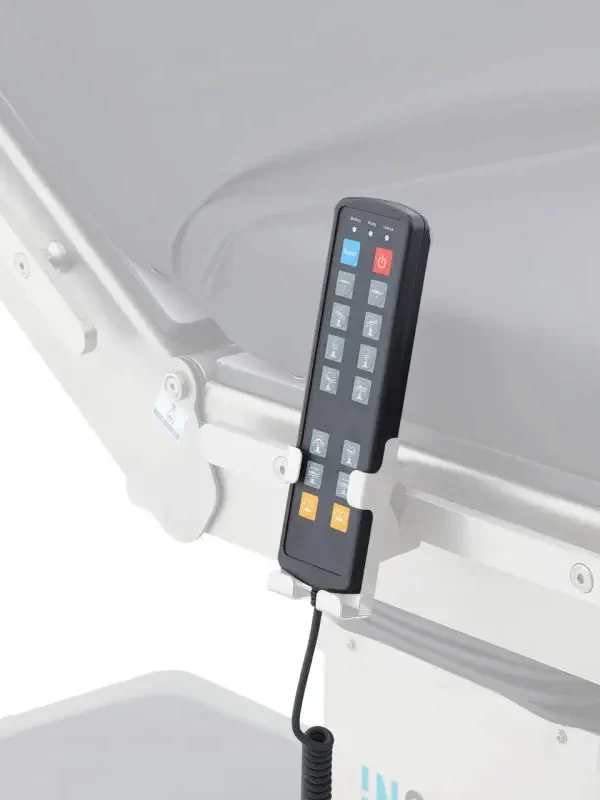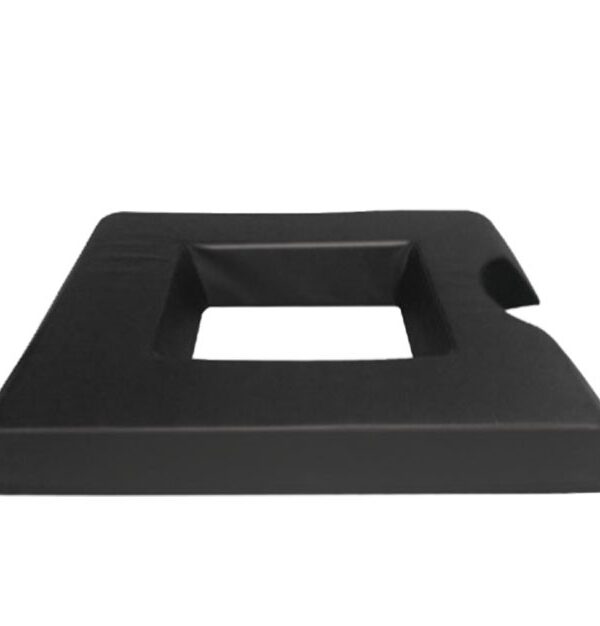Description
2. Control of Light Intensity
- Adjustable Brightness: The brightness of the single dome light can be easily adjusted to provide the right intensity of light for the procedure. Surgeons may need different light intensities depending on the surgical task at hand.
- Gradual Adjustment: Many controllers offer gradual dimming or brightening, allowing for smooth transitions without sudden changes that could disrupt the procedure or disturb the surgical environment.
3. Multiple Color Temperature Settings
- Customizable Color Temperature: The controller typically allows the operator to adjust the color temperature of the light to suit various needs:
- Cool White Light (5000-6500K): High-intensity light for procedures requiring high contrast and precision.
- Neutral White Light (4000K): A balanced light ideal for general procedures.
- Warm White Light (3000K): Softer lighting for more general or post-surgical tasks.
The ability to change the color temperature allows surgeons to adjust the light for different surgical phases and patient comfort.
4. Light Positioning Control
- Angle and Focus Adjustment: Some screen controllers provide controls for adjusting the angle and focus of the light dome. This enables surgeons to direct light precisely onto the surgical field, reducing shadows and ensuring uniform illumination.
5. Pre-Sets for Different Procedures
- Preset Light Modes: The controller may have preset modes for specific types of surgeries, allowing the user to easily switch between commonly used lighting configurations for procedures like orthopedic surgery, neurosurgery, or laparoscopic surgery.
6. Real-Time Monitoring and Diagnostics
- Status Indicators: The controller can display real-time status indicators, such as the current light intensity, color temperature, and operational conditions of the lighting system.
- System Diagnostics: Some advanced controllers may include diagnostic tools that can help detect potential malfunctions or issues with the light system, ensuring proactive maintenance.
7. Integration with Other OT Systems
- Hospital System Integration: In some setups, the screen controller can be integrated with other medical systems in the operating room, such as video systems, camera systems, or other surgical equipment, to provide a unified control interface for the surgical team.
8. Ergonomically Designed for Operating Room
- Compact and Easy-to-Use: The controller is usually designed to be compact and ergonomically positioned so that it can be easily accessed by medical staff, without disrupting the workflow of the surgery.
- Touch Sensitivity and Durability: The screen controller is made from durable materials and often features a touch-sensitive interface that is easy to operate while wearing sterile gloves.
Advantages of Using a Screen Controller (Single Dome)
- Efficiency and Precision
- Provides precise control over the lighting system, ensuring the operating room is always lit according to the surgeon’s needs.
- The ability to adjust brightness and color temperature allows for optimal lighting during different phases of surgery or medical procedures.
- Improved Surgical Environment
- Offers customizable settings that ensure the light is suitable for various surgical tasks, improving the quality of care and patient safety.
- Easy Adjustments
- Surgeons can make real-time adjustments to the light without leaving the sterile field, enhancing operational efficiency and reducing interruptions during procedures.
- Integration with Other Medical Equipment
- Can be integrated with other systems in the operating room, offering a more cohesive and streamlined surgical environment.
- Minimal Downtime
- With built-in diagnostic capabilities, the system can help detect issues before they affect the lighting performance, reducing downtime and ensuring constant readiness.
- Sterile and Safe Design
- Designed to be easy to clean, often featuring anti-microbial surfaces that help maintain a sterile environment in the operating room.
Applications of a Screen Controller (Single Dome)
- Surgical Procedures: Provides critical, high-quality lighting for precise surgeries, such as neurosurgery, cardiothoracic surgery, orthopedic surgery, and general surgery.
- Examination and Diagnostic Rooms: Used for patient examinations and diagnostic procedures where specific lighting is required to see details clearly.
- Medical Training: Allows trainers and trainees to adjust lighting easily during simulated surgeries or educational sessions.
Summary of Features
| Feature | Details |
|---|---|
| User Interface | Touchscreen or manual control for ease of operation |
| Brightness Adjustment | Fine control over light intensity for different surgical needs |
| Color Temperature Control | Adjustable color temperature (Cool, Neutral, Warm) for different procedures |
| Light Positioning | Control over angle and focus for precise light placement |
| Pre-Sets for Procedures | Customizable light settings for various types of surgeries |
| Real-Time Monitoring | Displays operational status, light settings, and diagnostic information |
| Integration with OT Systems | Possible integration with other operating room equipment |
| Sterile Design | Easy-to-clean, antimicrobial surfaces for maintaining a sterile environment |
Conclusion
A Screen Controller (Single Dome) is an essential component for modern operating theaters, offering precise control over the lighting conditions of a single dome light system. The customizable brightness, color temperature settings, and focus adjustments enhance the surgical team’s ability to work under optimal lighting conditions. Additionally, the controller’s real-time diagnostics, preset modes, and user-friendly interface make it an invaluable tool for improving the efficiency and precision of medical procedures.
This device ensures that the operating room is equipped with high-quality, adjustable lighting that can be quickly tailored to meet the needs of any surgical or medical procedure, thereby improving both patient safety and the overall effectiveness of the procedure.
Let me know if you need additional details on any specific aspect!















Reviews
There are no reviews yet.